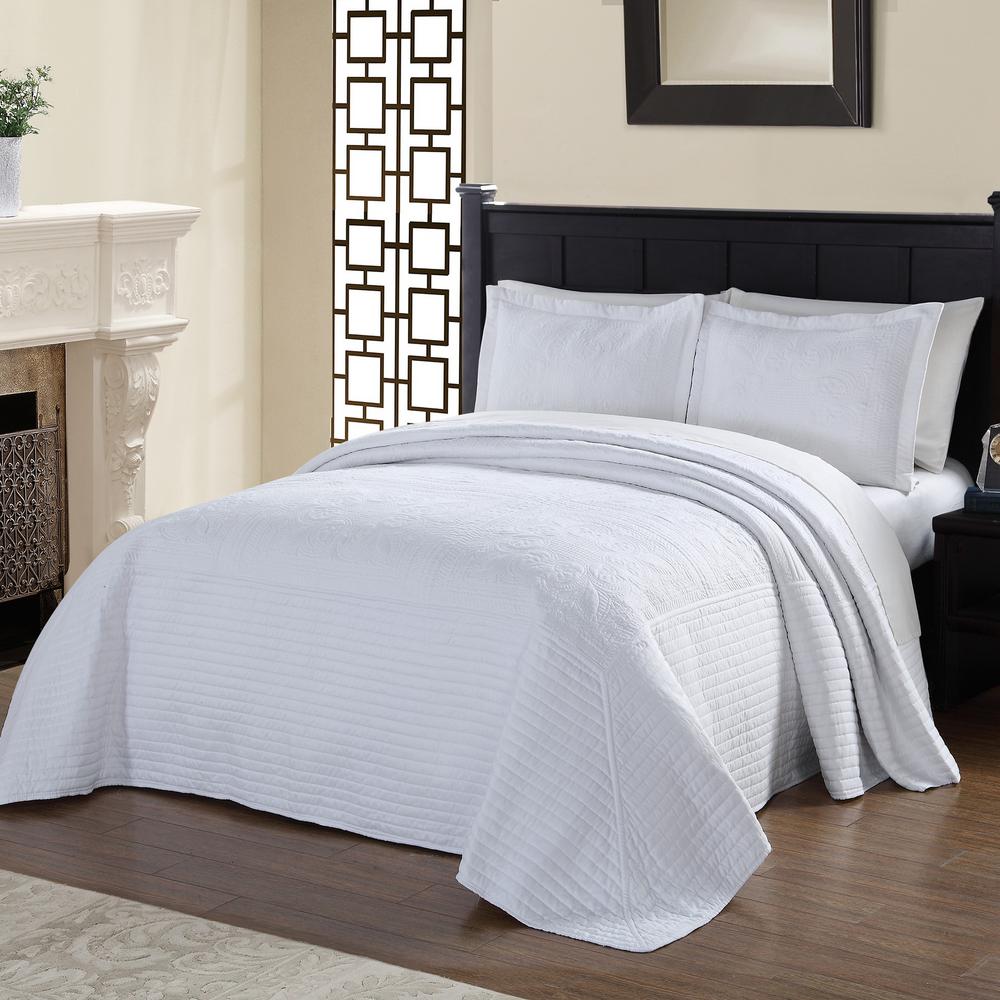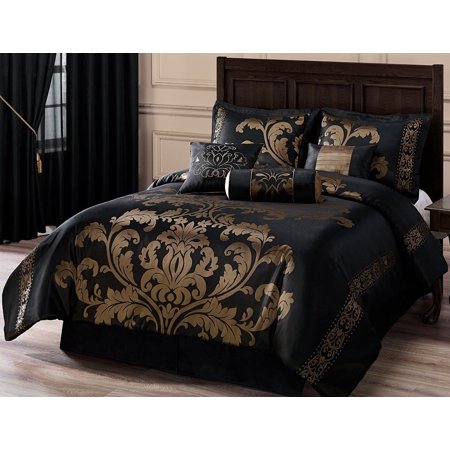Bedding, after that known as bedclothes or bed linen, is the materials laid above the mattress of a bed for hygiene, warmth, auspices of the mattress, and decorative effect. Bedding is the removable and washable portion of a human sleeping environment. merged sets of bedding for each bed are often washed in rotation and/or untouched seasonally to intensify sleep comfort at changing room temperatures. Most standardised measurements for bedding are rectangular, but there are as a consequence some square-shaped sizes, which allows the addict to put on bedding without having to decide its lengthwise orientation (i.e. a 220 cm 220 cm (87 in 87 in) duvet).
In American English, the word bedding generally does not adjoin the mattress, bed frame, or bed base (such as box-spring), though in British English it does. In Australian and other Zealand English, bedding is often called manchester, especially in shops. Manchester City was a middle of the cotton industry in the tardy 18th and the 19th century, and into the 20th century, and suitably cotton goods (principally sheets and towels) were definite the say 'Manchester goods', which later was simplified to 'manchester'.
A set of bedding always at least consists of a flat or fitted bed sheet that covers the mattress; a flat top sheet; either a blanket, a quilt, or a duvet. Sometimes later than a duvet cover is to be used in auxiliary to the top sheet; and a number of pillows like pillowcases, after that referred to as pillow shams. (See Terminology for more info on all these terms.) other blankets, etc. may be added to ensure the essential insulation in cold sleeping areas. A common practice for children and some adults is to gild a bed in the same way as plush stuffed animals, dolls, and extra soft toys. These are not included under the designation of bedding, although they may give other feel-good factor to the sleeper.
Lightweight white, solid-color or printed plain weave, satin weave, or flannel cotton or cotton/polyester blends are the most common types of sheeting, although linen and silk may also be used, including in combination. Goose or duck alongside and supplementary feathers are frequently used as a hot and lightweight filling in duvets, comforters and quilts. But such occupy can protrude in portion even from tightly-woven fabric, and be an irritant for many people, particularly those subsequent to allergies. Natural and synthetic the length of alternatives are marketed. Cotton, wool or polyester batting is commonly used as fill in quilts and all along oscillate comforters. These are less costly and more easily laundered than natural by the side of or feathers. Synthetic fibers are best in the form of thermofused (where fibers cross) batting. Thick-woven or knitted wool, cotton, acrylic or additional microfiber synthetics, or blends of these, are typically used for blankets.
Quilted Bedspread - Martinique by Thomasville
American Traditions French Tile Quilted White King Bedspread-BQ7168WTKG-4400 - The Home Depot
120" x 118" Martex Rx Bedspread, King Size, Oxidized Leaf


OXIDIZED_LEAF_BEDSPREAD-1_rs.jpg)

No comments:
Post a Comment